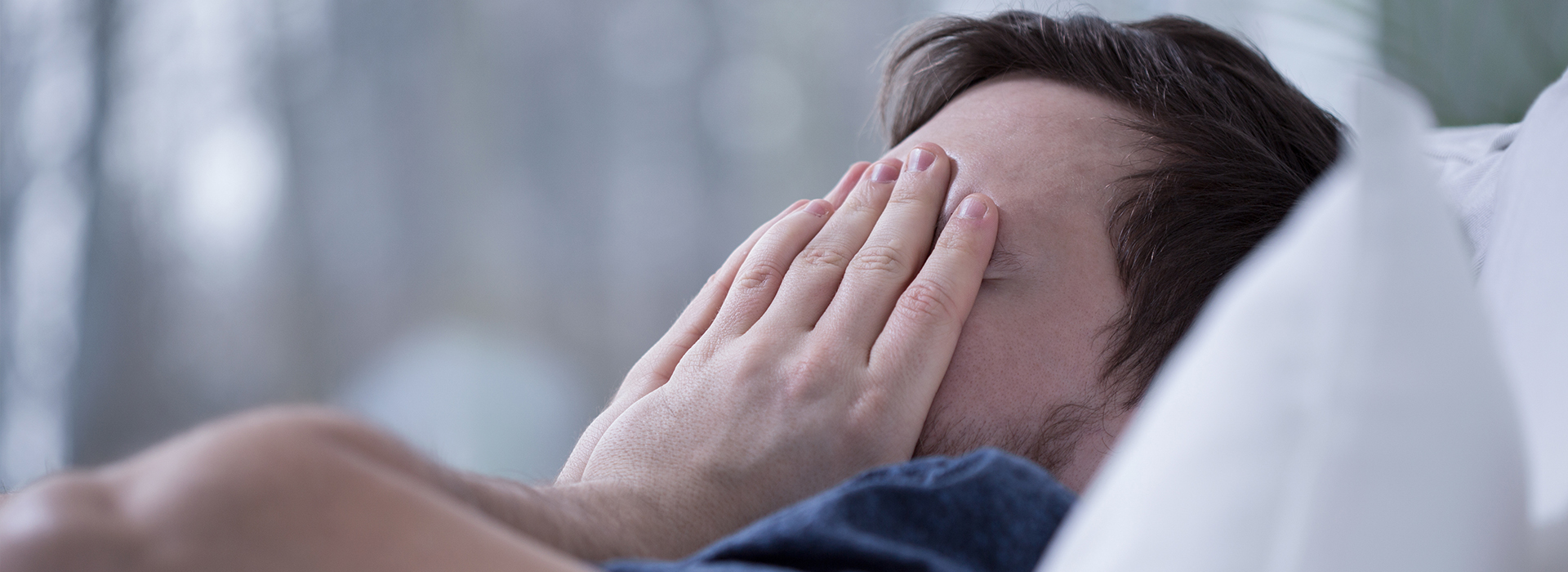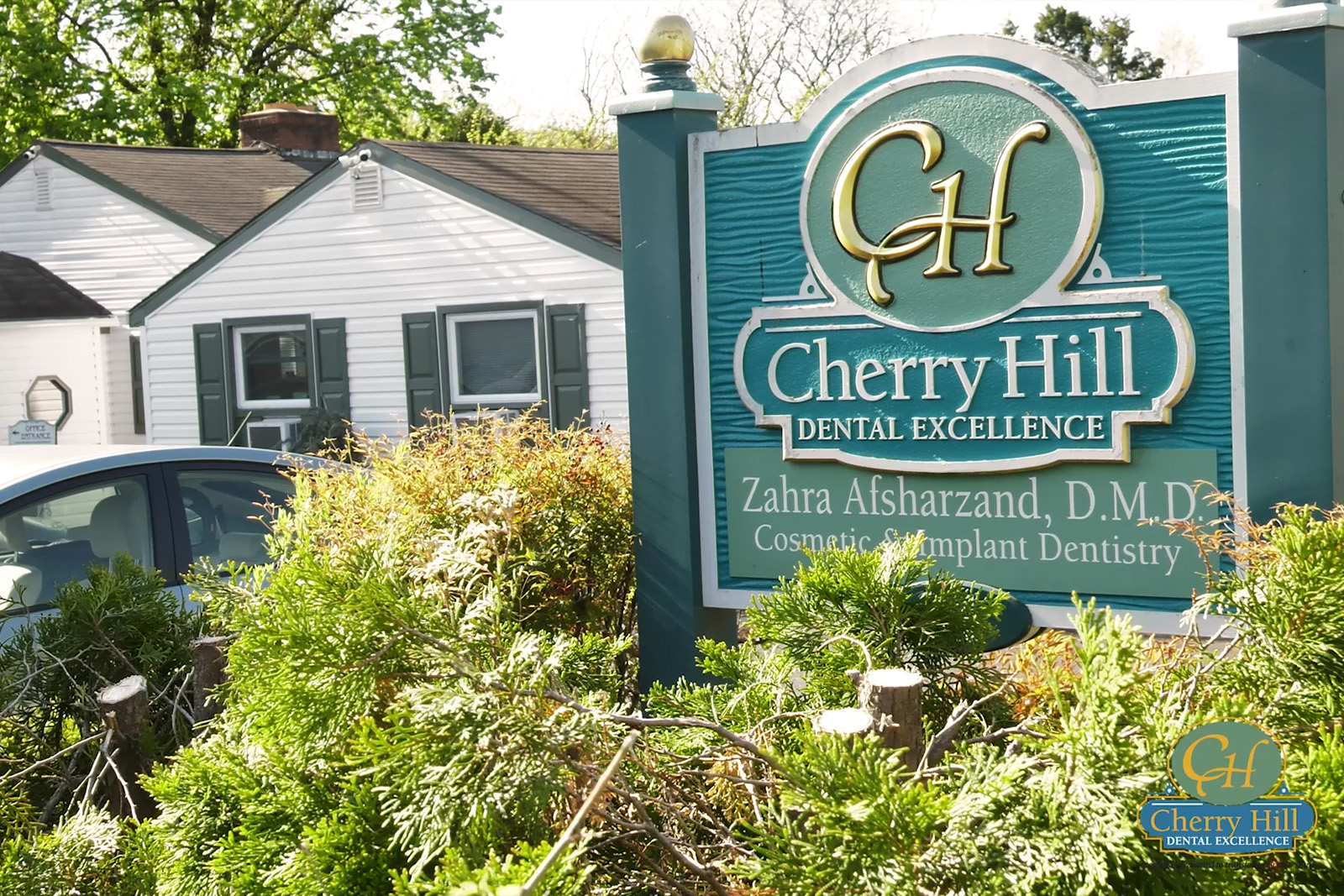
Sleep Apnea is a potentially life-threatening sleep disorder characterized by repeated pauses in breathing during sleep. The term sleep apnea is derived from the Greek etymology meaning “without breath”. Breathing pauses can last anywhere from several seconds to minutes, and happen as often as 30 times or more per hour. Ongoing disrupted breathing causes an imbalance between the carbon dioxide and oxygen levels in the bloodstream, as not enough carbon dioxide is exiting and not enough oxygen is entering the body.
Sensing this imbalance, the brain sends a message to the body, telling it to wake up to restart breathing the process. People with sleep apnea will partially awake as they struggle to breathe, and this is often accompanied by loud snoring or choking sensations. Because people with sleep apnea don’t always completely awake during the episodes, they are often unaware they have a sleeping disorder and it can remain undiagnosed.
There are two main types of this disorder; central sleep apnea which occurs when the brain fails to send important signals to the breathing muscles, and obstructive sleep apnea which occurs when air cannot flow through the nose or mouth even though the body is still trying to breathe. Obstructive sleep apnea is far more prevalent and easily treatable by the dentist.
Common signs of obstructive sleep apnea can include severe early morning headaches, sleepiness in the daytime, and insomnia. Fortunately, the dentist is equipped with the necessary technology and expertise to treat sleep apnea in several different ways.
It is very important to seek medical attention if sleep apnea is suspected. A sufferer can completely stop numerous times per hour, and this can quickly turn into a deadly situation. Obstructive sleep apnea occurs when the soft tissue lying at the back of the patient’s throat collapses into the airway. The tongue then falls towards the back of the throat which tightens the blockage and prevents oxygen from entering the lungs.
The problem worsens when the chest region, diaphragm, and abdomen fight for air. The efforts they make to obtain vital oxygen only cause a further tightening of the blockage. The patient must arouse from deep sleep to tense the tongue and remove the soft tissue from the airway.
Because sleep apnea causes carbon dioxide levels to skyrocket in the blood and oxygen levels to decrease, the heart has to pump harder and faster to compensate for the lack of oxygen. Sleep apnea patients can technically “die” many times each night. Sleep apnea has been linked to a series of serious heart-related conditions, and should be investigated by the dentist at the earliest opportunity.
Initially, the dentist will want to conduct tests in order to investigate, diagnose, and pinpoint a suitable treatment. The dentist can offer many different treatment options which depend largely on the exact diagnosis and the health of the patient. The dentist may advise the patient to halt some habits that aggravate sleep apnea such as smoking, alcohol consumption, and tranquilizer use.
Sleeping masks were traditionally used to keep the patient’s airways open while they slept, but nowadays there are some less intrusive options. Dental devices that gently tease the lower jaw forward are very effective in preventing the tongue from blocking the main air passage. These dental devices are gentle, easy to wear, and often help patients avoid unwanted surgeries.
A more permanent solution is to have surgery that sections the lower jaw and helps pull the bone holding the tongue forward slightly. This surgery has an impressive success rate and is simple for the dentist or oral surgeon to perform. The dentist needs to formally make a diagnosis of each individual case before recommending the best course of action.
Sleep apnea is a serious, sometimes fatal medical disorder that affects around 10% of American men over the age of 40, and 6% of American women of the same age. Sleep apnea sufferers completely stop breathing during sleep, sometimes hundreds of times in a single night. Normal breathing ceases because the airway becomes obstructed, causing a serious reduction of airflow to the lungs.
There are a number of dental devices that can be used to alleviate this condition. The goal of most of these devices is to separate the jaws and push them forward slightly. This slight repositioning opens up the airway, and allows oxygen to flow freely again. Wearers of sleep apnea dental devices report that they stop loud snoring, feel more rested in the daytime, and are much more comfortable going to sleep. Sleep apnea appliances work best on patients who are not significantly overweight. They offer a viable alternative to Continuous Positive Airway Pressure (CPAP).
Sleep apnea appliances fall into two categories: fixed and adjustable. Here are brief descriptions of some commonly used sleep apnea dental appliances:
TAP® 3 (Thornton Adjustable Positioner)
The TAP® 3 is the smallest, most comfortable member of the TAP family. It is a two-part custom-created sleep apnea appliance that fits over the teeth in much the same way as a sports mouthguard. The TAP® 3 projects the jaw forward to prevent the tongue and soft tissues from impeding the airway. The lower jaw positioner is adjustable, which means that it can be altered to suit the comfort level of the wearer. The TAP® 3 appliance can accommodate the three main types of malocclusion, and allows the lips to fully close.
OASYS Appliance
The OASYS appliance is designed to move the base of the tongue toward the front of the mouth by gently repositioning the jawbone (mandible). This shift opens the oropharynx and strengthens the upper airway. An extension of the upper shield projects toward the nose, creating a larger nasal opening and less resistance to normal airflow. This adjustable appliance is comfortable to wear and extremely patient friendly.
KlearwayTM Appliance
The KlearwayTM Appliance is generally used to alleviate obstructive sleep disorder and eliminate snoring. The patient or dentist can project the jaw forwards in increments of .25mm at a time. This ensures maximum comfort for the sleeper. The KlearwayTM appliance is made from VariflexTM heat softening acrylic, which makes it easier to insert. Running warm water over the appliance makes it pliable, but once placed in the desired position, the acrylic hardens again.
Herbst Telescopic Appliance
The Herbst appliance is held in the mouth by clasps and friction grips. It is made of acrylic, and contains adjustable metal wiring. The advantage of this appliance is that the wearer is able to move vertically and laterally without dislodging the appliance. The Herbst appliance is usually used in mild and moderate cases of sleep apnea, and can also alleviate loud snoring effectively.
